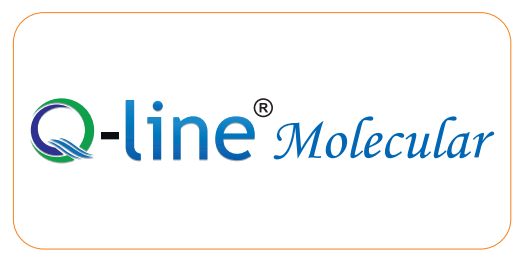Uric acid (Labkit)
Product Description
Uricase -POD | Colorimetric
Available Options:
| REF | Volume |
|---|---|
Uric acid is generated from metabolic conversion of either exogenous (dietary) or endogenous purines, primarily in the liver and intestine. Approximately two-thirds of total body urate is produced endogenously, while the remaining one-third is accounted for by dietary purines. Most mammals degrade uric acid to 5-hydroxyisourate and eventually to allantoin. However, in humans and some apes, uric acid remains as the final enzymatic degradation product of purine metabolism due to the mutated uricase gene approximately 10-15 million years ago. Due to this reason the serum urate levels are higher in humans. In healthy men, the urate pool averages about 1200 mg with a mean turnover rate of 700 mg/day.
In addition to its role as a metabolic waste product, uric acid has been proposed to be an important molecule with multiple functions in human physiology and pathophysiology and is linked to human diseases beyond nephrolithiasis and gout. Uric acid homeostasis is determined by the balance between production, intestinal secretion, and renal excretion. The kidney is an important regulator of circulating uric acid levels, by reabsorbing around 90% of filtered urate, while being responsible for 60
Product features.
- Colorimetric
Downloads
Video
Additional documents
Request Quote *(NOTE : Before submiting this form. please check your provided information.)
Related Products










































































































 English
English
 French
French
 Spanish
Spanish
 Russian
Russian
 Arabic
Arabic































